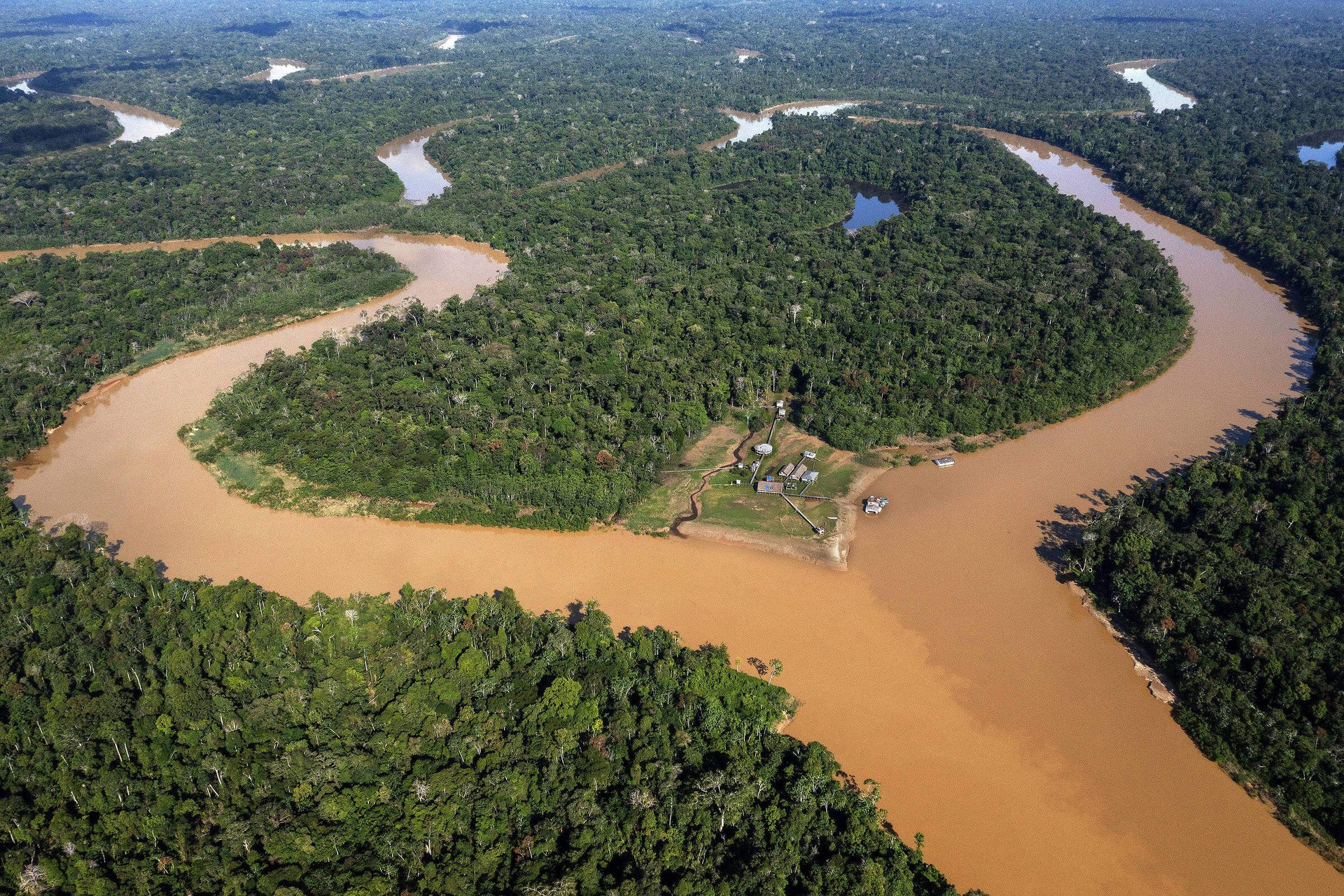
The Enigma of Vale do Javari
Discover the Amazon's Hidden Frontier
Emily R.
★★★★★
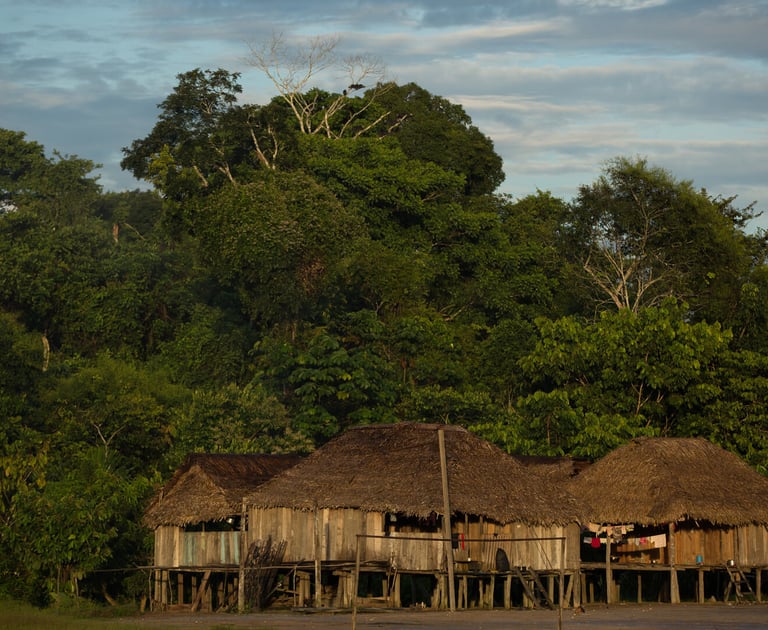

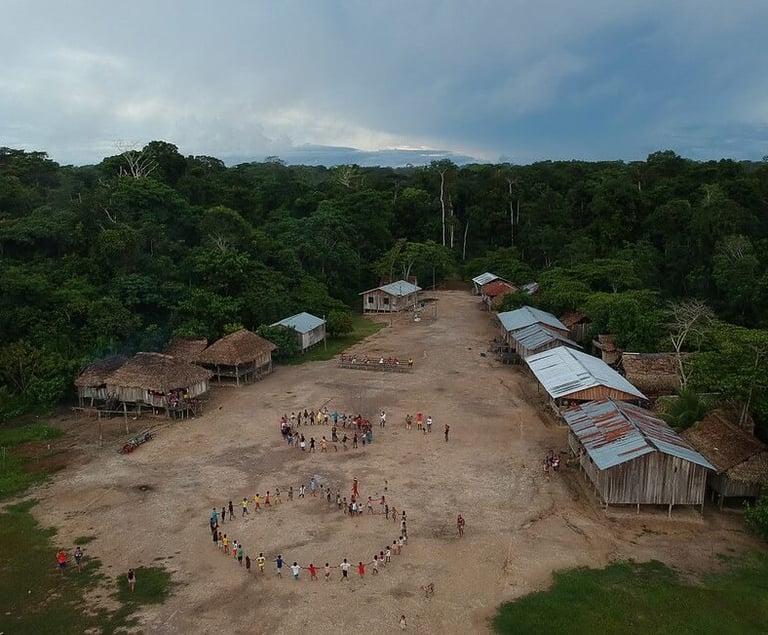

Accessing Vale do Javari is not for the faint of heart. Traveling to this remote region requires careful planning and a genuine desire for adventure. The journey typically starts from major Amazonian cities, such as Atalaia do Norte, which is located on the banks of the Javari River. From here, visitors must board boats or small aircraft to reach the indigenous areas. These trips are not only physically demanding but also require proper authorization from local authorities to ensure that the indigenous communities' autonomy and rights are respected. Given the delicate nature of the region, it is recommended that visitors use experienced local guides familiar with the area’s geography, culture, and regulations.
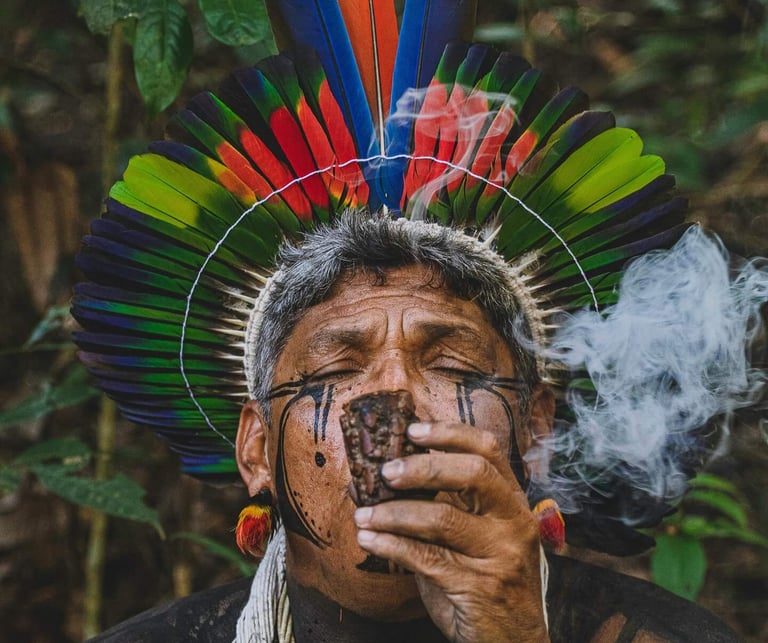

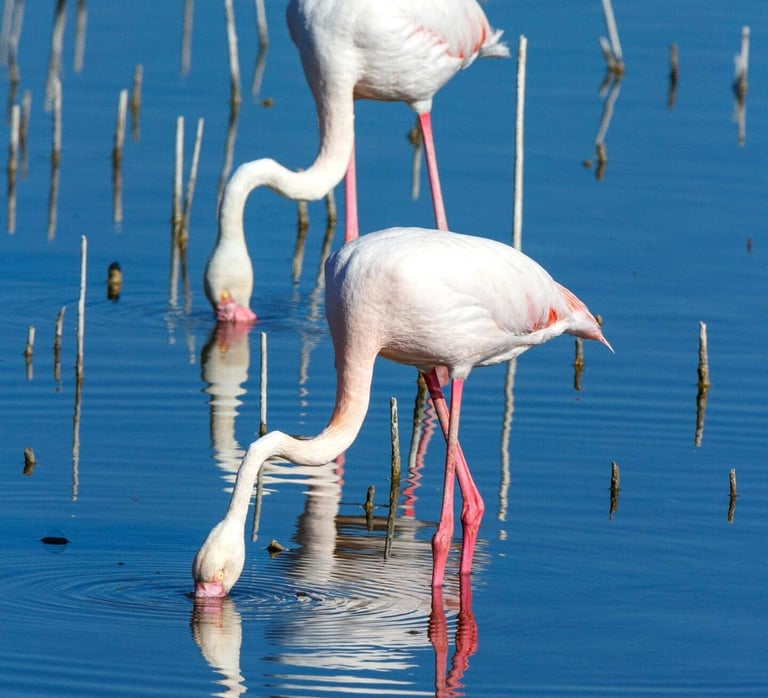

The best time to explore Vale do Javari is during the dry season, which runs from June to September. During this period, the rivers recede, making navigation easier and allowing visitors to access deeper parts of the region. The clearer waters also provide better opportunities for wildlife observation, including sightings of elusive species like jaguars and pink river dolphins. While the wet season (from December to May) offers lush landscapes and fuller rivers, it presents more logistical challenges due to higher water levels and more difficult travel conditions.
Cultural Immersion: With proper authorization, travelers can visit indigenous communities living in the region, providing a rare opportunity to engage with some of the most remote peoples on the planet. These communities maintain traditional ways of life, from fishing and hunting to spiritual practices that have been passed down through generations.
Wildlife Observation: Vale do Javari is one of the most biodiverse places on Earth. It’s home to a variety of rare species, including jaguars, tapirs, and monkeys, as well as the famous pink river dolphin. Birdwatching enthusiasts can also observe rare species of birds, such as macaws and harpy eagles, which thrive in the region’s untouched rainforests.
Ecotourism & River Expeditions: Visitors can explore the vast network of rivers that crisscross Vale do Javari, offering opportunities for eco-friendly exploration via boat rides and fishing trips. Paddling through these pristine waters provides an intimate view of the region’s beauty, including its dense rainforest and remote villages
Respect the Communities: Indigenous tribes in Vale do Javari have their own customs, laws, and way of life. Visitors must be sensitive to these traditions and follow local guidelines, which may include restrictions on photography, interactions, and areas of exploration.
Health Precautions: Traveling in the Amazon requires proper health precautions. Vaccinations for tropical diseases, including yellow fever, malaria, and hepatitis, are recommended before the trip. It is also important to bring strong insect repellent to avoid mosquito bites, which can carry diseases like malaria and dengue fever.
Environmental Considerations: Visitors are encouraged to adopt environmentally responsible behaviors to protect the delicate ecosystem of Vale do Javari. This includes practicing Leave No Trace principles, avoiding disturbing wildlife, and following all rules set by indigenous communities to ensure the sustainability of the region.
Accommodations in Vale do Javari are minimal due to the region’s isolation. Most visitors stay in Atalaia do Norte, where there are basic lodgings such as eco-lodges or guesthouses. These places offer simple comforts, allowing travelers to rest before embarking on their journeys into the wild. For those seeking an authentic experience, there are opportunities for homestays with local indigenous families, offering a truly immersive experience in the heart of the Amazon. These stays are basic but provide an invaluable opportunity to connect with the local culture and environment.
Things to Do in Vale do Javari:
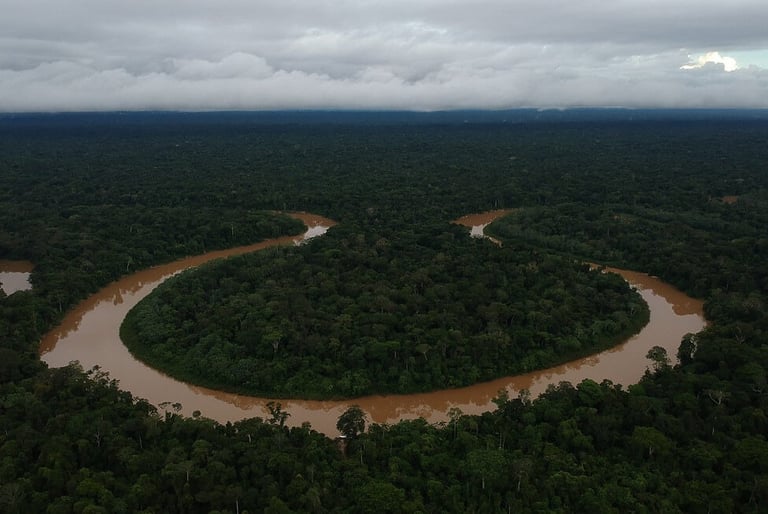

Ready to explore the last frontier of the Amazon? Discover the best accommodations, from eco-lodges to cozy stays, with unbeatable deals on Booking.com.
👉 Book Your Stay Now!
Find Your Perfect Stay in Vale do Javari!
Best Time to Visit:
How to Get There:
Safety & Cultural Tips:
Where to Stay:
Located in the westernmost part of the Amazon, Vale do Javari is one of the world’s last frontiers. This vast indigenous territory, spanning over 85,000 km², is home to the highest concentration of uncontacted tribes on the planet. These indigenous communities live in harmony with nature, preserving traditions that have remained untouched for centuries.
Vale do Javari
Overview
Atalaia do Norte - State of Amazonas, Brasil
